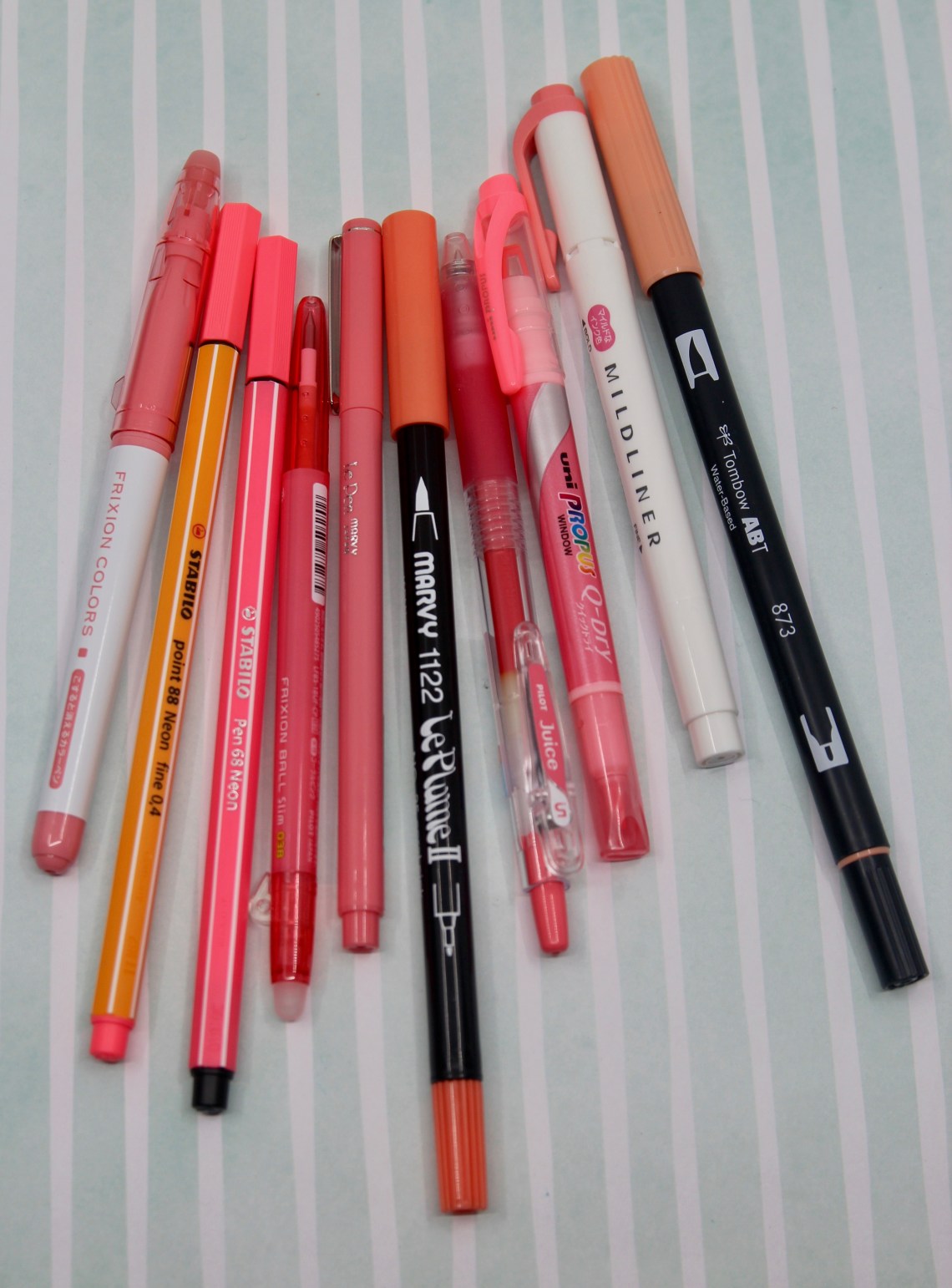Back in February, you may have read about how I misjudged the size of the Lihit Lab Smart Fit Mobile Pouch – it’s too small for my Samsung Galaxy S9. But I still need a replacement for my little bag that I use only for bare essentials when I’m fitness walking. This time I read the specs carefully before ordering the Lihit Lab Smart Fit Carrying Pouch in the A6 size ($16).
Made of water-resistant (essential in these parts) Cordura, the Smart Fit pouch is available in black, olive, navy, orange, camo and houndstooth. I chose the cute houndstooth pattern, which looks just a bit dressy (you know, in case I decide to pop in at a Michelin-rated restaurant for lunch after fitness-walking around Green Lake). The pouch does not come with a strap. In the photo below, I’ve attached the strap that I took off my old bag that’s being replaced. It clips onto the pouch’s rings easily.

The back of the pouch has two snapped loops that can be attached to a belt and worn fanny-pack style. You can also omit a strap altogether and toss the pouch into a larger bag as an accessory organizer.

Opening the flap reveals a Velcro closure and two compartments – one large enough for my phone and a skinny one for a couple of writing instruments. Behind these is one flat pocket large enough for a pocket-size notebook or two. And behind that is one large compartment.

Here’s the stuff I consider my bare essentials that I would not leave the house without: my phone (shown here is my spouse guy’s Galaxy S7 so that I could take the photo with my S9; it’s the same size as my S9), keys, wallet, glasses, two Field Notes notebooks, a Zebra disposable brush pen, a Uni Jetstream 4+1 multi pen and a white Sakura Gelly Roll gel pen (yes, of course, it’s essential. . . how else would I sketch in a Field Notes with orange paper?).

All of that fits comfortably without making the pouch bulge or being so tight that I have to struggle to get things out.

I took it out for a walk over the weekend, and it offers a bonus I hadn’t considered: The Smart Fit pouch’s vertical format seems to hang with a better balance than my previous bag, which had a more squarish format. Even though the strap is the same length, the vertical shape doesn’t bounce against my hip with every step the way the other one used to. A winner!
DISCLAIMER: Some of the items included in this review were provided free of charge by JetPens for the purpose of review. Please see the About page for more details.
 Tina Koyama is an urban sketcher in Seattle. Her blog is Fueled by Clouds & Coffee, and you can follow her on Instagram as Miatagrrl.
Tina Koyama is an urban sketcher in Seattle. Her blog is Fueled by Clouds & Coffee, and you can follow her on Instagram as Miatagrrl.



































